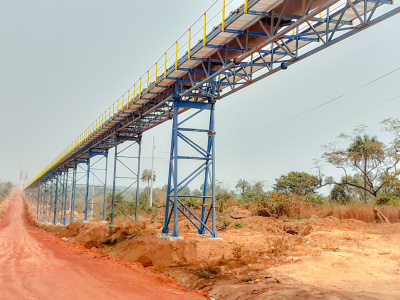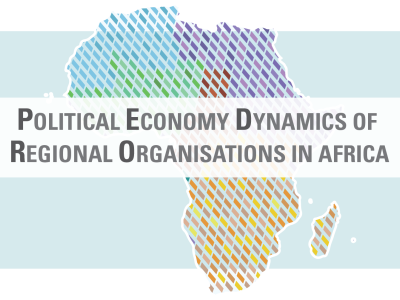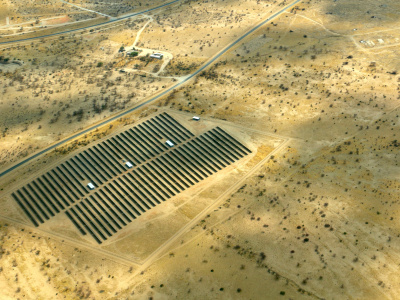
The role of Aid for Trade in trade agreements – Looking beyond reducing costs
As the international community gathers for the 5th Global Review of Aid for Trade (AfT) at the WTO in Geneva from 30 June to 2 July 2015, the merits of the 10-year old AfT initiative are no longer at stake. We have now shifted to questions of ‘how’ – ‘How much?’, ‘How to address various trade-related challenges?’ and ‘How effectively?'
The overarching theme chosen for this Review is “Reducing Trade Costs for Inclusive, Sustainable Growth”. Trade costs are no doubt an important dimension of the ability of developing – as well as developed – countries to benefit from trading opportunities. It is also in line with the international commitment made at Bali in 2013 to help developing countries to implement the WTO Trade Facilitation Agreement. I doubt that there will be much controversy around the principles underlying this objective.
My concern is that the discussion may stop there. Let me explain. Trade agreements are not an end in itself, but only a means to ease trade relations for the sake of generating additional welfare and sustainable growth. For developing countries, and least developed countries in particular, this means that bilateral, regional and multilateral trade agreements are a means to ensure that they can keep trading their primary products, and that they can also transform and add value to their production in a more effective way, linking up to regional and global value chains. Reducing trade costs, through trade facilitation for example, does matter but is insufficient by far.
Dedicated efforts must be made to enhance the conditions that will encourage an upgrade of productivity. This can be done through the regulatory environment of course, but also in infrastructure development and building productive capacity (i.e. category 4 of the wider AfT agenda). This is in fact the industrial policy frameworks that many donors like to explicitly talk about, and whose importance for development is being increasingly recognised, not only for more advanced developing countries, but also lower-middle income countries and even low income countries.
This productivity ‘upgrading’ should also give more attention to trade-related business and industrial development, which are often the prime actors that will give life to and potentially benefit from international trade agreements.
Such broader considerations on productive capacity and investment are often less reflected in the specific AfT discussions (though it is the main category of AfT expenditure by the EU). But for development discussions these broader considerations are increasingly addressed through the private sector, in the post-2015 agenda and the numerous endeavors by European donors, including the new EU approach on private sector for development.
It is high time to more explicitly connect the donors’ debates on Aid for Trade with the private sector’s role in development, and link up the regional and global value chains with industrialisation narratives. This must be done in pragmatic ways, beyond ideological postures and embracing cross-thematic approaches. Stakeholders from different backgrounds must talk to each other. The AfT debate has helped bridge some of the gaps between the trade and the aid community. Similar inclusive approaches are now required on AfT, private sector development, value chains and industrialisation agendas. The OECD DAC has started going in that direction, as has the Dutch government to mention only a few.
The EU has also started moving in that direction as well, but it still has a stronger role to play. The implementation of multilateral, regional and bilateral trade agreements offers an opportunity to increase the coherence and complementarity of EU action in that respect. EU strategic partnerships (with ASEAN countries or the Economic Partnership Agreements with African, Caribbean and Pacific countries) together with the its continued commitment to support regional integration initiatives, offers conducive frameworks to pursue comprehensive approaches that enhance trade, investment, business linkages, productive capacity and infrastructure. All this, with an overarching development approach, recognises its own interests as well as the ones of its partners.
This cannot be left to development cooperation alone however, and will require stronger and better coordinated engagement from various Directorate Generals of the Commission (DEV, TRADE, GROW, AGRI, …) the European External Action Service as well as between the EU institutions and the EU member states.
Aid for Trade, with its trade-related aid focus, still has a useful role to play but needs to be better harnessed to other endeavours, as well as other sources of finance beyond aid.







